Exploring the animal kingdom often feels like stumbling into a world of magic. While humans pride themselves on intelligence and creativity, animals possess hidden talents that leave us in awe. From extraordinary physical feats to senses that defy our understanding, these creatures remind us that nature has a few cards up its sleeve that we may never fully grasp. So, let’s dive into the fascinating world of animal abilities that make our skills seem, well, a little ordinary.
1. Seeing the Invisible: Shrimp with Super Sight
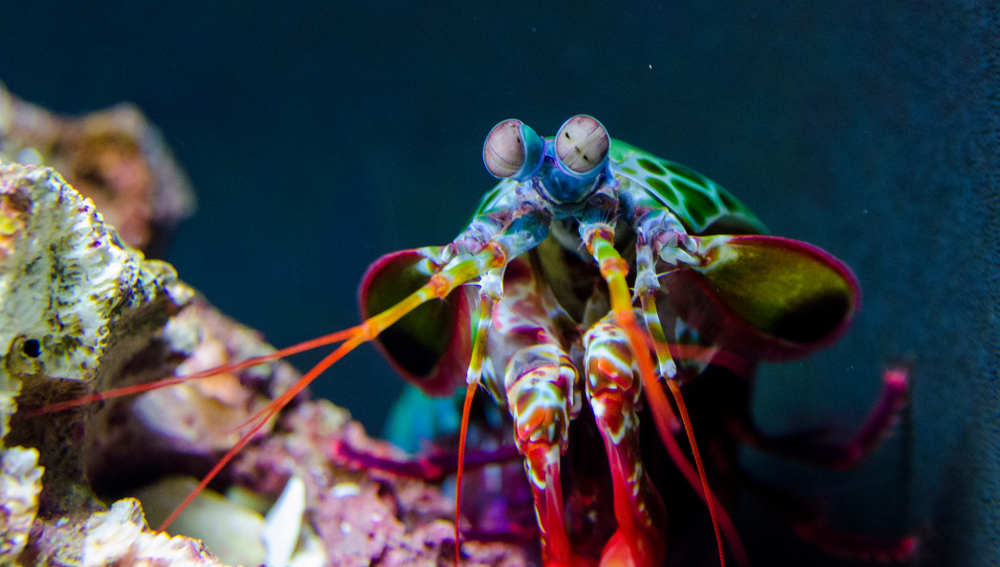
Mantis shrimp see the world in a kaleidoscope of colors we can only dream of. They possess a staggering 16 types of color-receptive cones compared to our mere three, allowing them to detect ultraviolet light and polarized light. Imagine seeing a rainbow where every hue is ten times more vibrant and intricate than anything a human eye can perceive. Their vision is not just a tool for survival but a work of art we can only admire from afar. Researchers think these skills might help them in communication and recognizing predators, but no one really knows for sure.
But wait, there’s more! These shrimp don’t just stop at seeing colors—imagine having the ability to see circularly polarized light. That’s right; they can detect light waves that twist in spirals, a feature that humans only recently learned how to harness in technology. It’s like they have their own built-in pair of 3D glasses. So while we fumble with our smartphones trying to capture the perfect sunset, the mantis shrimp views a world with depth and detail that remains a mystery to us.
2. The Navigational Geniuses: Birds and Their Built-In GPS
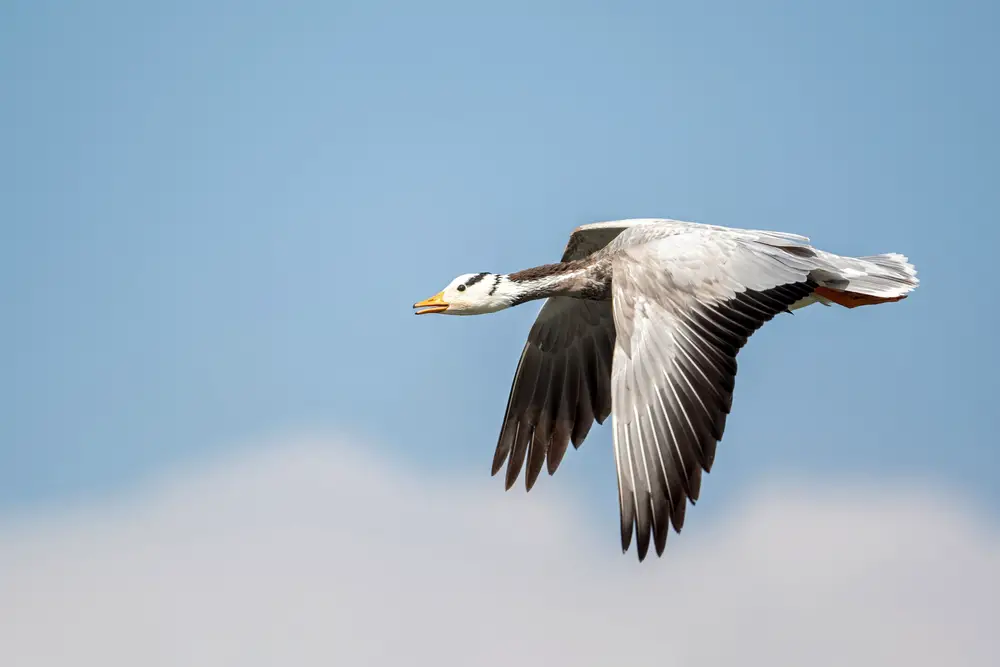
When it comes to navigation, birds are nature’s pilots, flying thousands of miles without a single Google map. Take the Arctic Tern, for example, which migrates from the Arctic to the Antarctic and back each year, covering an astonishing 44,000 miles. They navigate using the Earth’s magnetic field, a talent that scientists are still striving to understand fully. It’s as if they have a natural compass guiding them in a vast sky, pinpointing their destination with precision.
And it’s not just long distances—birds like pigeons can find their way home from hundreds of miles away, even if they’ve never been to the location before. Some theories suggest they use the sun, stars, and even the Earth’s magnetic particles found in their bodies to guide them. So while we’re still fumbling with our GPS, hoping it recalibrates before the next exit, birds are cruising through the skies with a sense of direction that would put any human navigator to shame.
3. Deep Sea Divers: Whales and Their Breath-Holding Brilliance
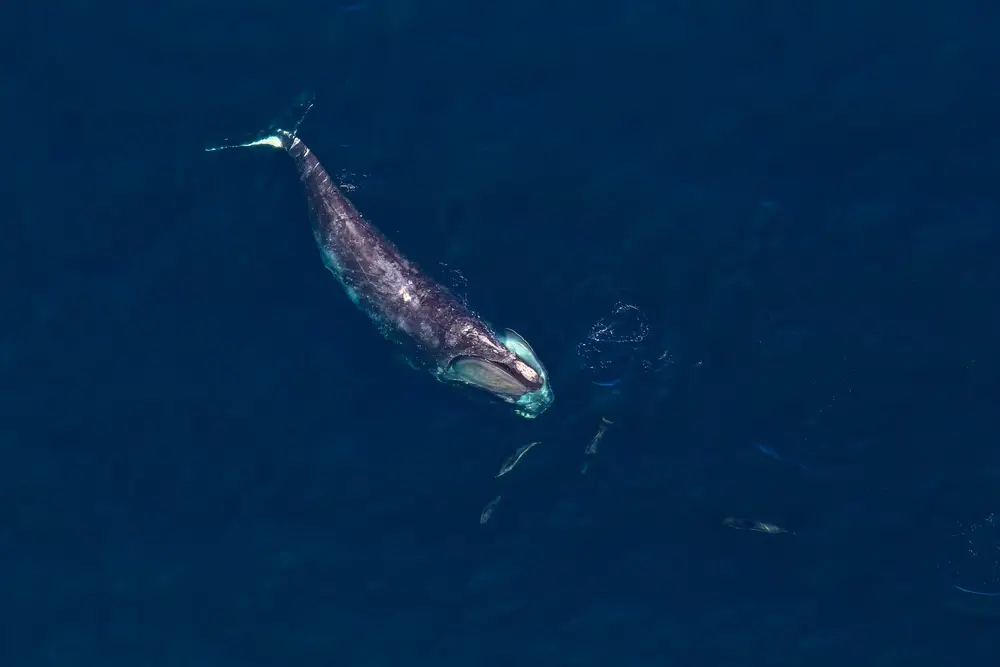
If holding your breath for a minute makes you feel accomplished, whales are here to humble you. Sperm whales, for example, can dive down to depths of over 7,000 feet and hold their breath for up to 90 minutes. This mind-boggling ability allows them to explore the ocean’s depths, hunting giant squid and navigating a world we know so little about. Their lungs have specialized adaptations, like collapsible rib cages, which allow them to dive without suffering from the bends—a danger for human divers.
But it’s not just about lung capacity. Whales have specialized proteins in their muscles that store oxygen more effectively, giving them endurance that defies human biology. While we might panic after a few seconds underwater, these marine giants glide through the ocean’s depths with grace and ease. So next time you’re snorkeling and feel impressed with yourself for lasting a few seconds, just remember: whales are chilling in the deep, revolutionizing the art of breath-holding.
4. Architects of the Animal Kingdom: Beavers and Their Dam Design
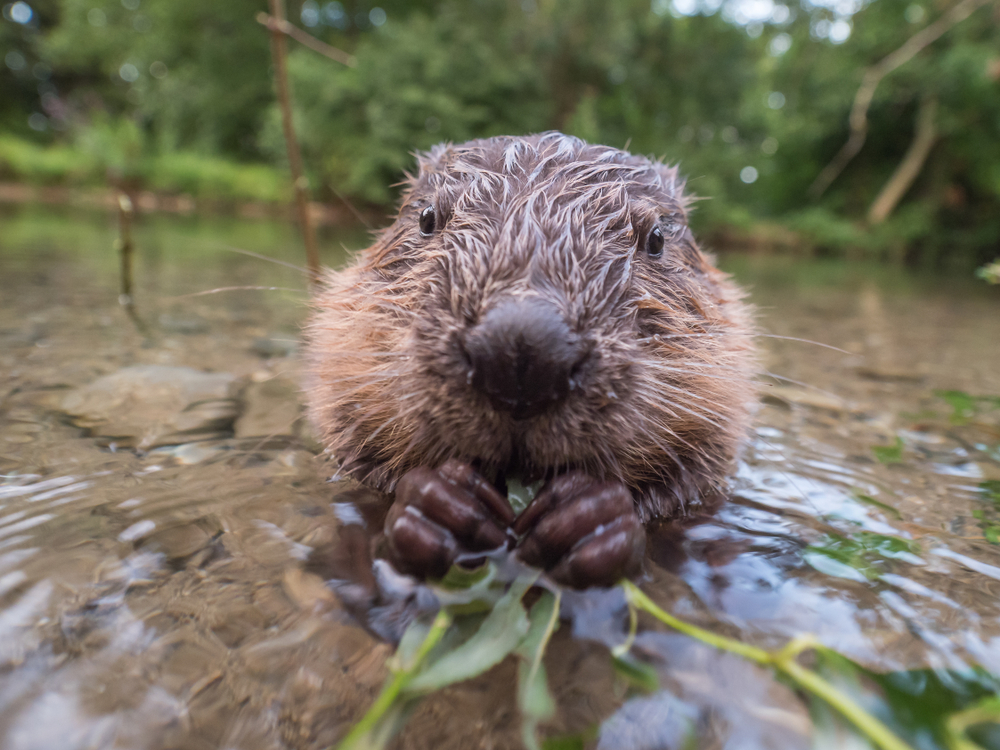
Forget about hiring that expensive contractor—beavers are nature’s engineers, crafting intricate ecosystems with their dams. These industrious creatures build structures that can span up to half a mile, creating wetlands that serve as habitats for countless species. Each stick and branch is placed with precision, and their dams are both homes and flood management systems that maintain the balance of their environment. Their building techniques even inspire human architecture, utilizing sustainable materials and methods long before “eco-friendly” became a trend.
And their work doesn’t stop at dam-building. Beavers sculpt the landscape, influencing the flow of streams and rivers to create ponds, which in turn support a diverse array of wildlife. They design their lodges with underwater entrances to protect against predators, showcasing an understanding of security and environmental dynamics that rivals even our modern constructions. So while we’re drawing blueprints and consulting engineers, beavers are quietly mastering the art of habitat creation in a way that keeps nature thriving.
5. The Ultimate Chameleons: Cuttlefish and Their Color-Changing Magic
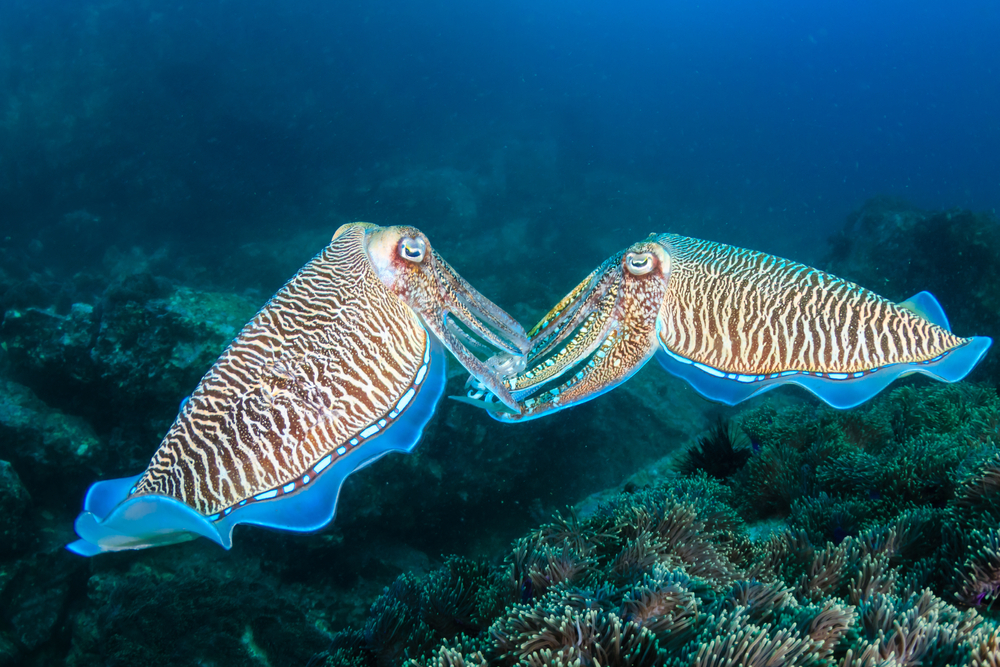
Move over, color-changing smart bulbs—cuttlefish have been effortlessly shifting shades for millennia. These masters of disguise can change their skin color and texture in the blink of an eye, blending seamlessly into their surroundings. But they don’t just use this talent for camouflage; they communicate and even attract mates with dynamic displays that put human fashion to shame. Their skin contains millions of color-changing cells called chromatophores, each controlled by the nervous system for lightning-fast transformations.
What’s truly mind-blowing is that cuttlefish can mimic their environment without ever having seen it. Despite being colorblind, they can match the hues and patterns of their surroundings with remarkable accuracy. It’s like having a closet filled with every outfit you could ever need, ready at a moment’s notice. So while we update our wardrobes to keep up with trends, cuttlefish effortlessly adapt, showcasing a fashion sense that’s both practical and mesmerizing.
6. The Speed Champions: Cheetahs and Their Lightning Fast Sprints
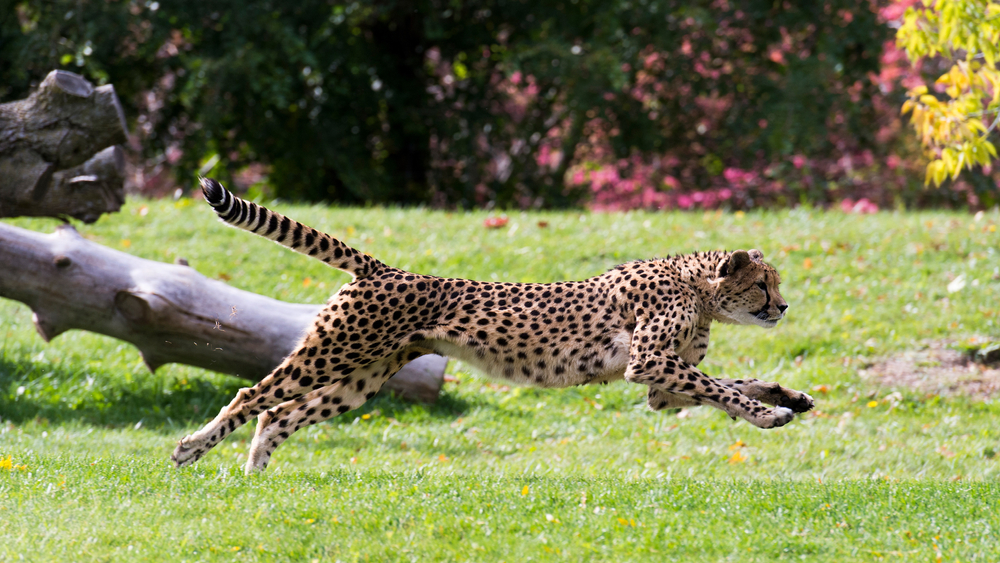
When you think of speed, cheetahs are the undisputed track stars of the animal world. Capable of accelerating from 0 to 60 mph in just a few seconds, these big cats leave even the fastest human sprinters in the dust. They possess a unique set of physical adaptations: a lightweight body, long legs, and a flexible spine that acts like a spring for powerful strides. Their speed isn’t just about raw power; it’s a finely tuned combination of agility and grace.
But there’s more to a cheetah’s speed than just sprinting. They have large nasal passages that allow for increased oxygen intake, and their hearts and lungs are built to support short bursts of incredible speed. While they may not sustain these speeds for long, their ability to chase down prey with precision and efficiency is unmatched. So as we lace up our running shoes and hit the gym, cheetahs are out there, redefining what it means to be fast on their endless savannah tracks.
7. Echolocation Experts: Bats and Their Sonic Superpowers
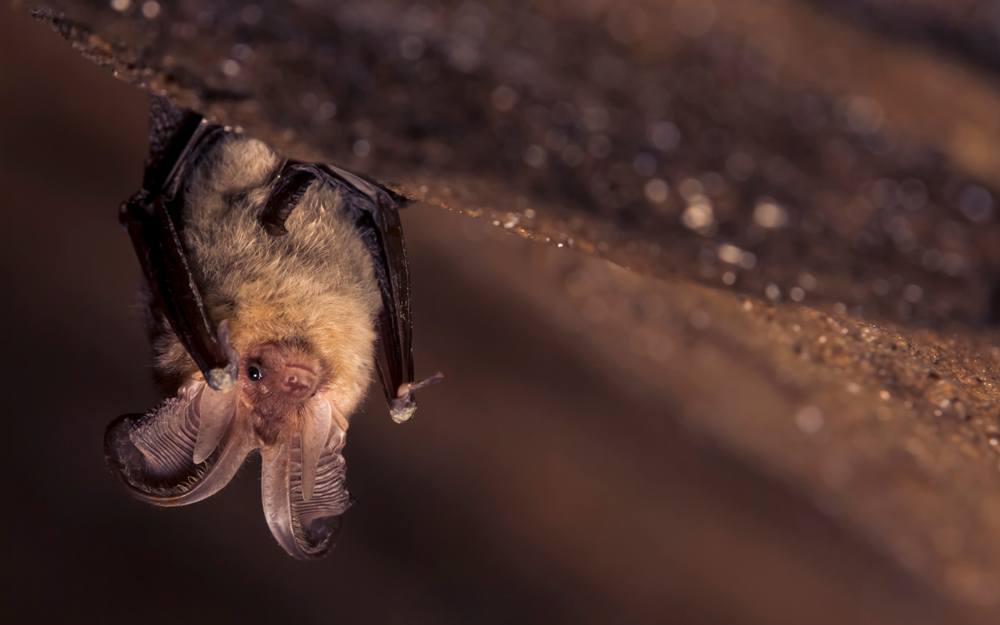
Forget about fancy radar systems—bats have perfected echolocation with skills that leave us in awe. Navigating in complete darkness, they emit high-frequency sounds that bounce off objects, creating a sonic map of their surroundings. This incredible ability allows them to hunt insects with pinpoint accuracy and zip through complex environments without a hitch. Their echolocation is so advanced that they can detect objects as thin as a human hair.
But it’s not just about finding food; echolocation also helps bats communicate and form social bonds. Each species has its own unique frequency range, almost like a personal ID. They’re out there in the night, hosting conversations and locating each other with sound waves we can’t even hear. So while we rely on flashlights and night-vision goggles, bats are living in a world of sound, showcasing a level of acoustic sophistication that we can only dream of emulating.
8. The Great Migration: Monarch Butterflies and Their Epic Journeys
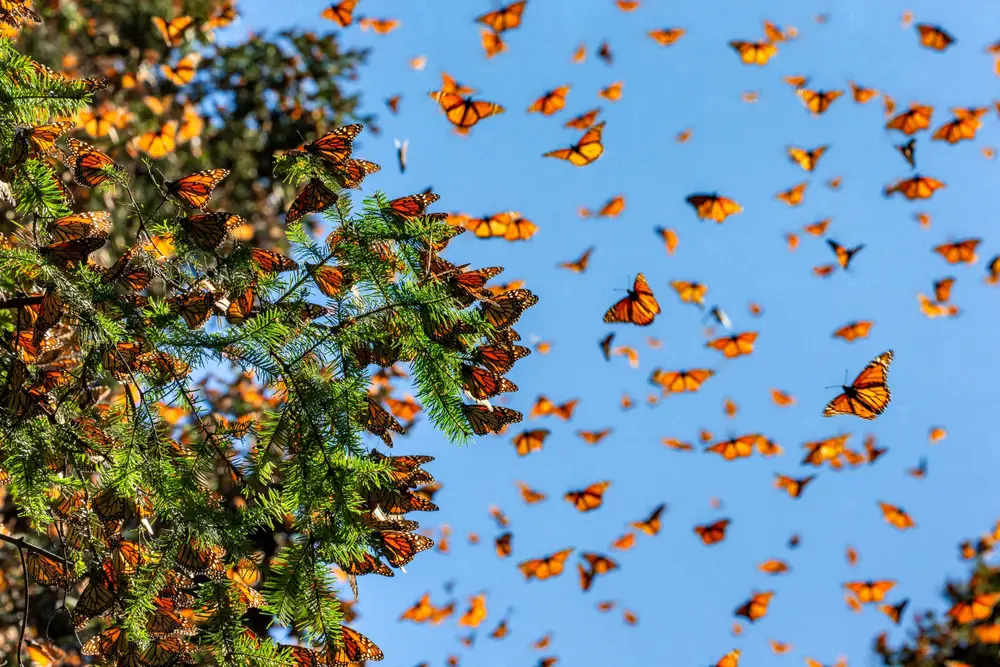
Most of us get tired after a long road trip, but Monarch butterflies embark on an epic migration that spans generations. Traveling up to 3,000 miles from North America to central Mexico, these delicate creatures defy the odds with their incredible endurance. It’s a journey filled with peril and wonder, guided by the sun and an inherent sense of direction that scientists are still trying to decode. Monarchs navigate without maps or GPS, relying on environmental cues and a magnetic compass to reach their destination.
But here’s the kicker: no single Monarch completes the journey. It takes multiple generations to make the round trip, with butterflies reproducing and laying eggs along the way. Each new generation picks up where the last left off, continuing the legacy of migration. So while we plan family vacations and rely on technology to guide us, Monarch butterflies are passing down the ultimate travel itinerary, fulfilling a natural instinct that spans miles and monarch lifetimes.
9. Water Walkers: Basilisk Lizards and Their Gliding Grace
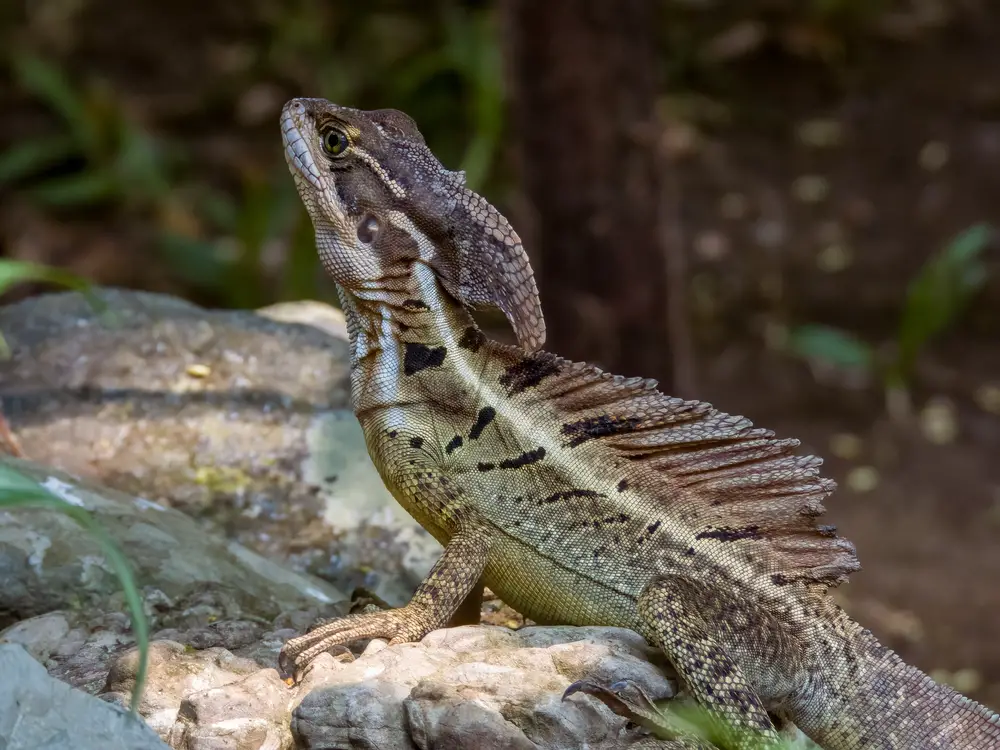
If walking on water sounds like a miracle, basilisk lizards have turned it into an art form. Nicknamed the “Jesus Christ lizard,” these agile reptiles can sprint across water surfaces, thanks to their unique physical adaptations. With long toes fringed by skin flaps, they can increase the surface area of their feet to prevent sinking, creating a rapid running motion that acts like a hydroplane. It’s a breathtaking display of speed and balance that defies the laws of physics as we understand them.
But it’s not just a party trick—this skill allows basilisk lizards to escape predators swiftly and efficiently. They can cover up to 15 feet in a single sprint across the water, leaving threats in their wake. While humans need boats and other technology to navigate aquatic environments, these lizards remind us of nature’s ingenuity, effortlessly striding on water as if it’s just another day at the office.
10. The Mighty Memory: Elephants and Their Incredible Recall
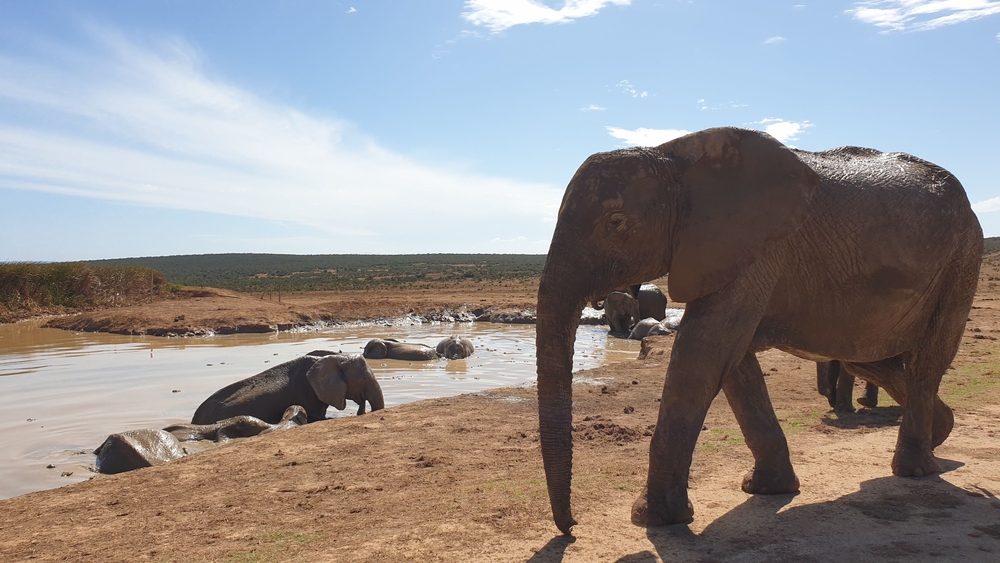
When it comes to memory, elephants are the reigning champions of the animal kingdom. They can remember water sources across vast landscapes, recognize fellow elephants after years apart, and even recall human interactions. Their impressive memories are essential for survival, helping them adapt to changing environments and maintaining social bonds within their herds. It’s as if they possess a mental map of their world, filled with connections and details that would leave most humans envious.
And it’s not just survival-based memory. Elephants show signs of empathy, mourning, and memory-based interactions that suggest a deep emotional intelligence. They remember injuries done to them and can recognize those who have been kind or harmful. So while we rely on calendars and reminder apps to keep track of our lives, elephants stroll through their days with an intricate tapestry of memories, showcasing an intelligence and emotional depth that’s truly remarkable.
11. Underwater Architects: Coral Reefs and Their Structural Mastery

Coral reefs might look like colorful underwater gardens, but they’re actually bustling cities built by tiny coral polyps. These marine architects construct massive calcium carbonate structures that house an incredible diversity of life. Despite their small size, coral reefs are complex ecosystems that rival the Amazon rainforest in biodiversity. They provide shelter, food, and breeding grounds for countless marine species, playing a crucial role in ocean health.
But their work isn’t just about providing habitats. Coral reefs protect coastlines from erosion by absorbing wave energy, acting as natural barriers that shield land from storms and flooding. They contribute to global ecosystems, supporting fish populations and the humans who rely on them. So while we marvel at skyscrapers and man-made marvels, coral reefs remind us that some of the most impressive feats of engineering are crafted by nature’s smallest builders.
12. The Sound Mimics: Lyrebirds and Their Vocal Imitations
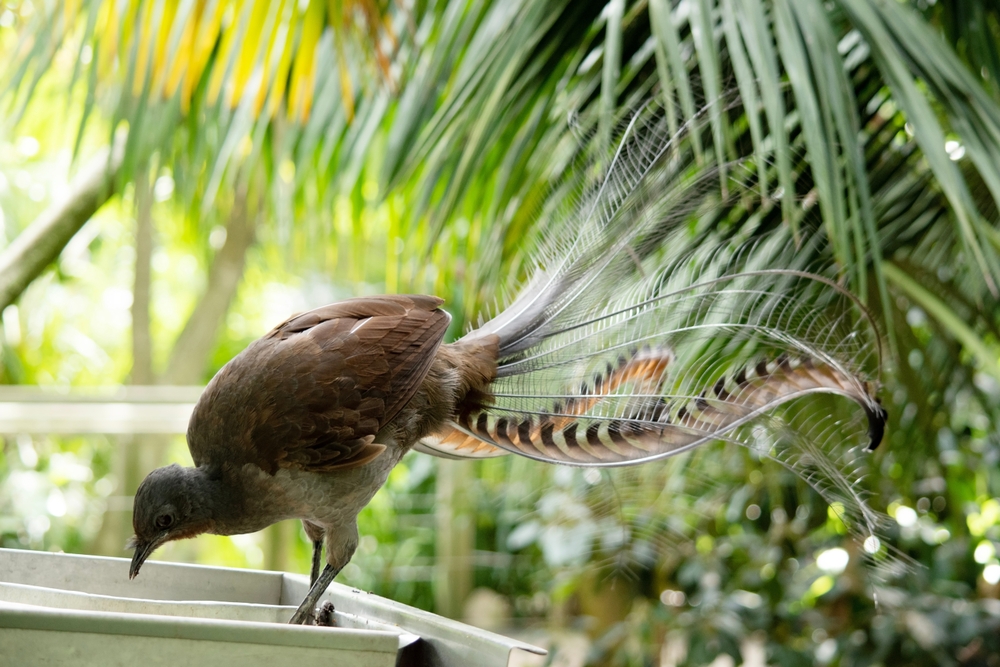
When it comes to vocal talents, lyrebirds are the rockstars of the avian world. These Australian birds have an awe-inspiring ability to mimic almost any sound they hear, from chainsaws to camera clicks. Their repertoire isn’t just for show; it’s a vital part of their mating rituals, with males crafting elaborate songs to attract females. Each lyrebird’s song is a unique blend of natural and man-made sounds, creating a symphony that’s as captivating as it is diverse.
But the lyrebird’s talent goes beyond mere imitation. They can incorporate multiple sounds into a seamless performance, demonstrating a level of auditory processing that’s nothing short of astonishing. While we struggle to learn new languages or musical instruments, lyrebirds effortlessly blend elements of their acoustic environment into a harmonious masterpiece. It’s a testament to the power of adaptation and creativity in nature, reminding us that imitation can be the sincerest form of flattery—and an impressive skill in its own right.
13. The Plant Whisperers: Fungi and Their Underground Networks
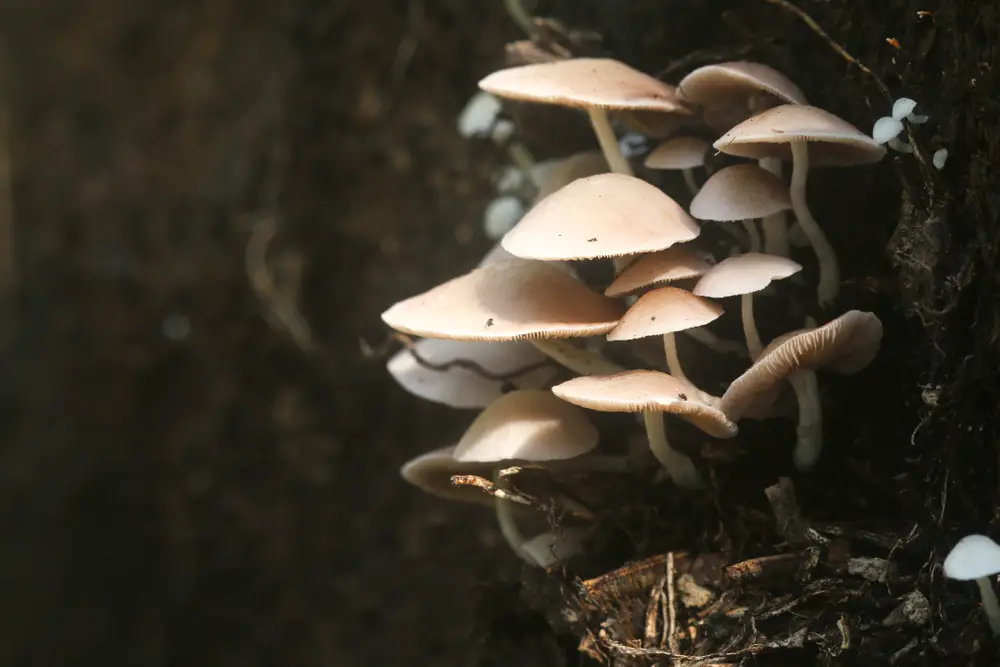
Fungi might not seem like the most exciting organisms, but their underground networks are nothing short of spectacular. Known as mycorrhizal networks, these fungal systems connect plant roots in a complex web of communication and nutrient exchange. Often called the “Wood Wide Web,” this network allows plants to share resources, warn each other of dangers, and even support seedlings. It’s a hidden world of interdependence and cooperation that challenges our understanding of plant behavior.
But it doesn’t stop at plant communication. Fungi play a vital role in decomposing organic matter, recycling nutrients that keep ecosystems thriving. Their ability to break down tough materials like lignin and cellulose makes them indispensable in natural cycles of growth and decay. So while we’re busy inventing new technologies to improve communication and sustainability, fungi have been quietly networking and nurturing life for millions of years, proving that some of the most effective systems are already at work beneath our feet.
14. The Masters of Regeneration: Starfish and Their Limb Regrowth
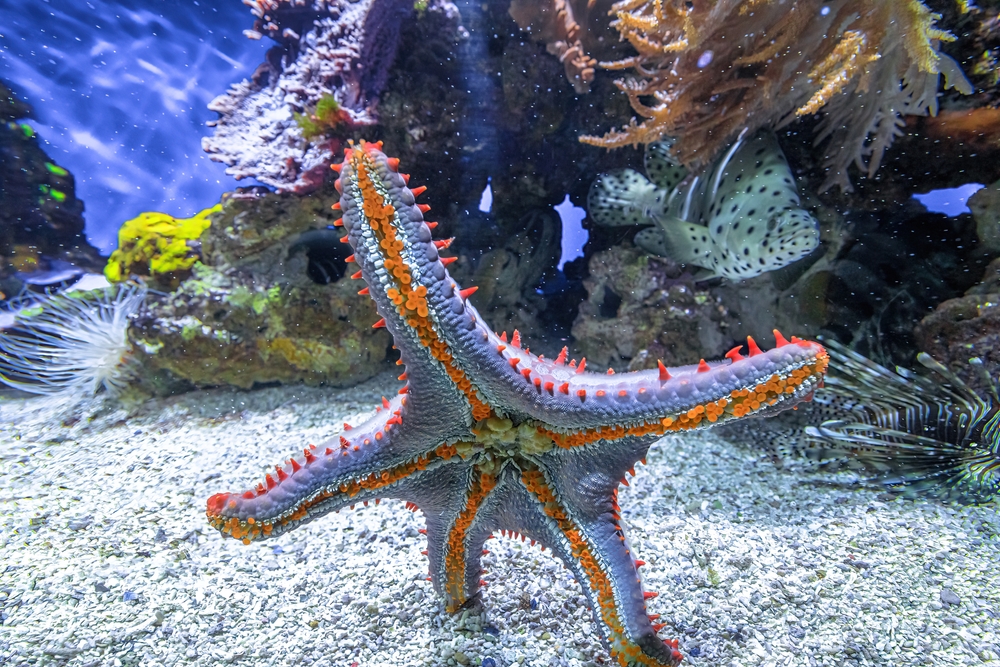
Starfish might seem simple, but they’re regeneration wizards in the animal kingdom. Lose an arm? No problem—many starfish can regrow lost limbs, and some can even regenerate their entire bodies from just a single arm. This remarkable ability is due to their decentralized nervous system and specialized cells that promote regrowth. It’s a superpower that seems almost magical and highlights the incredible potential of cellular regeneration.
But regeneration isn’t just about growing back limbs. It plays a crucial role in survival, allowing starfish to escape predators by shedding parts of themselves and then growing back what’s lost. While scientists are working on regenerative medicine to heal injuries and diseases, starfish remind us that nature has been perfecting these processes for eons. Their abilities offer insights into healing and biological resilience, sparking hope and inspiration for future advancements in regenerative science.
15. The Undercover Swimmers: Octopuses and Their Stealthy Skills
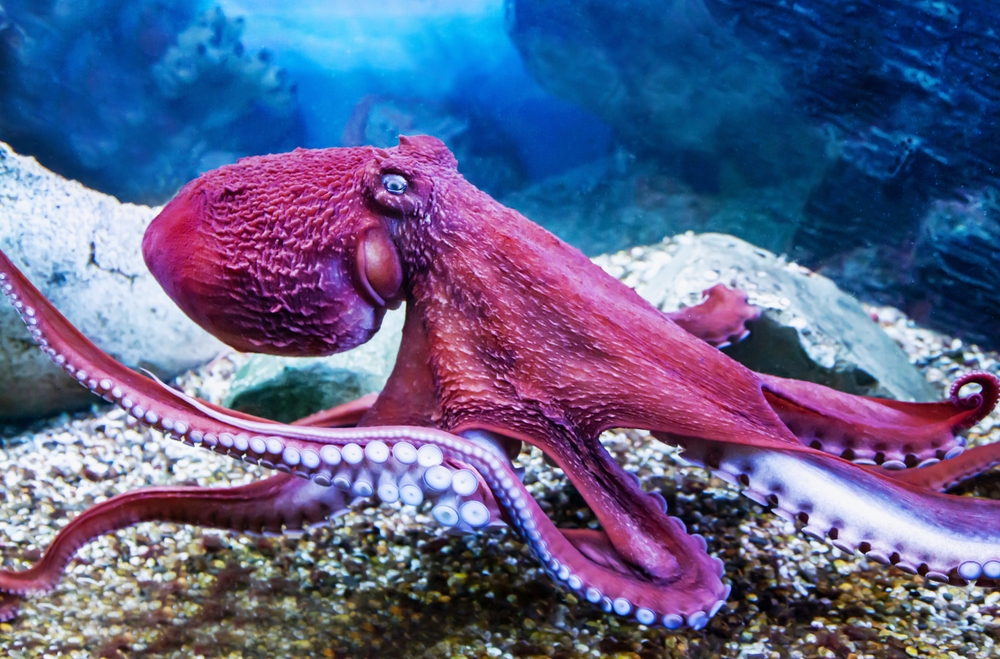
Octopuses are the ultimate masters of disguise, blending into their surroundings with astonishing skill. With skin covered in specialized cells called chromatophores, they can change color and texture in the blink of an eye. This allows them to hide from predators, sneak up on prey, and communicate with others. Their camouflage abilities are so advanced that they can mimic the appearance of rocks, coral, and even other animals, making them the ninjas of the ocean.
But it’s not just about camouflage. Octopuses are incredibly intelligent, exhibiting problem-solving skills and curiosity that’s rare in the animal kingdom. They’ve been known to escape aquariums, open jars, and use tools, showcasing a level of cognitive flexibility that rivals some mammals. While we marvel at our own technological advancements, octopuses are quietly demonstrating that true innovation often lies in understanding and adapting to one’s environment with creativity and intelligence.
